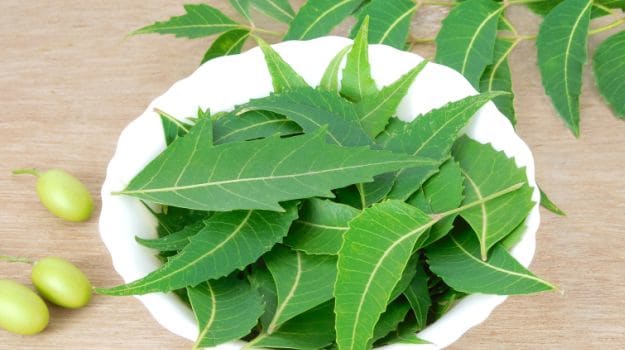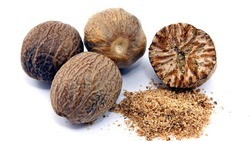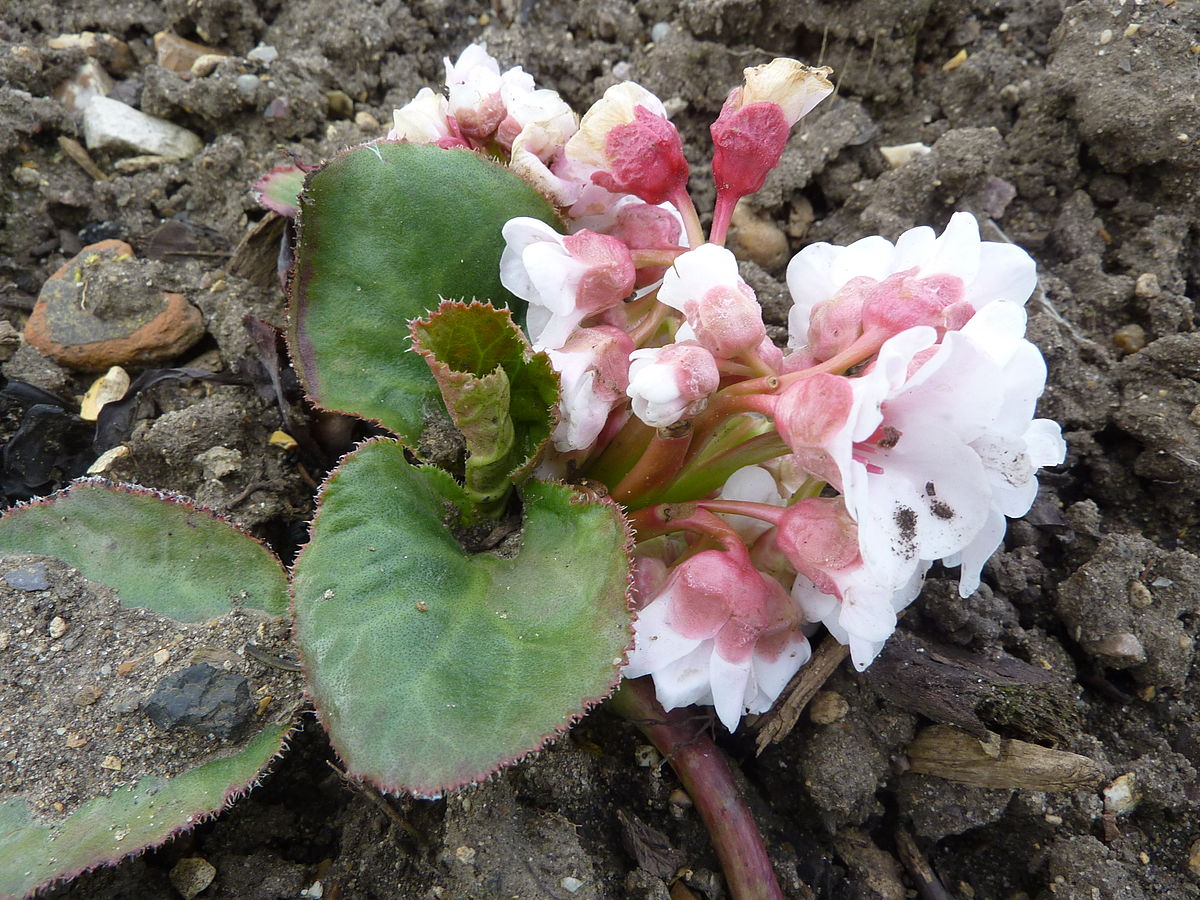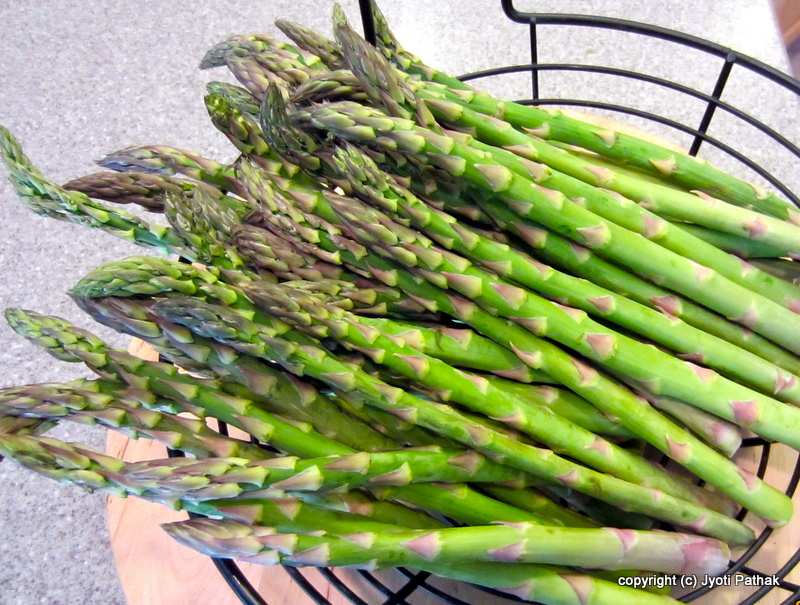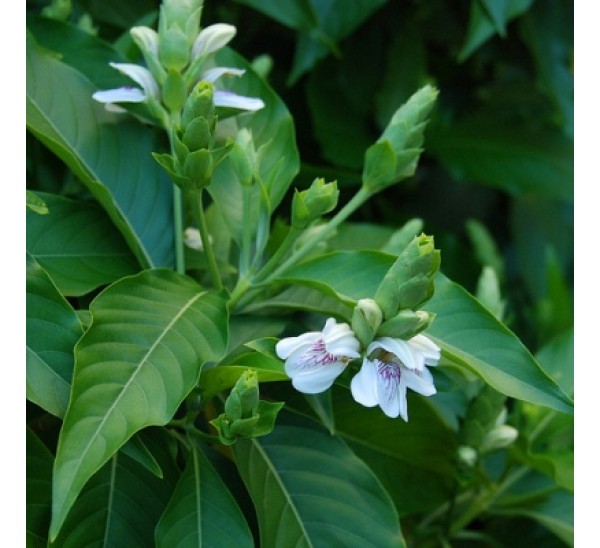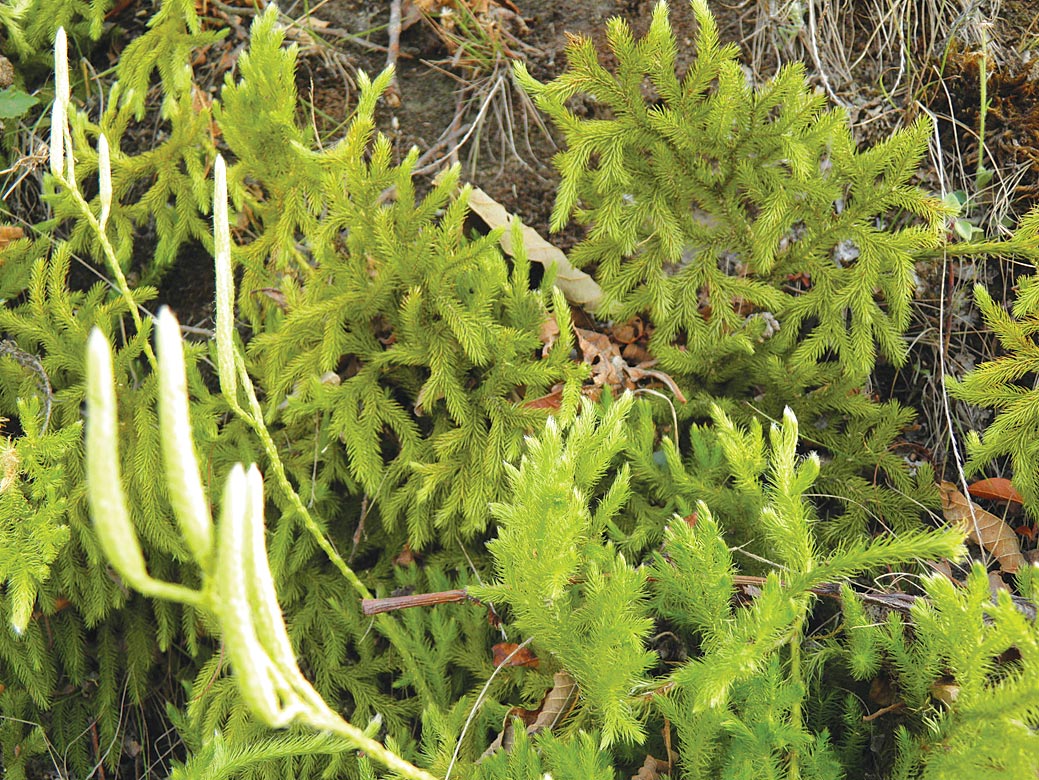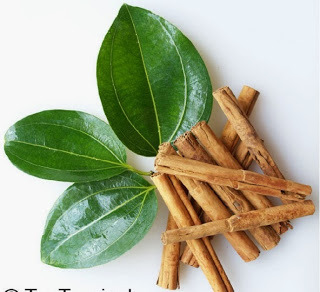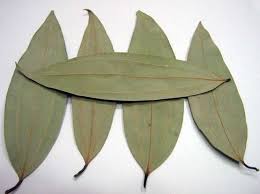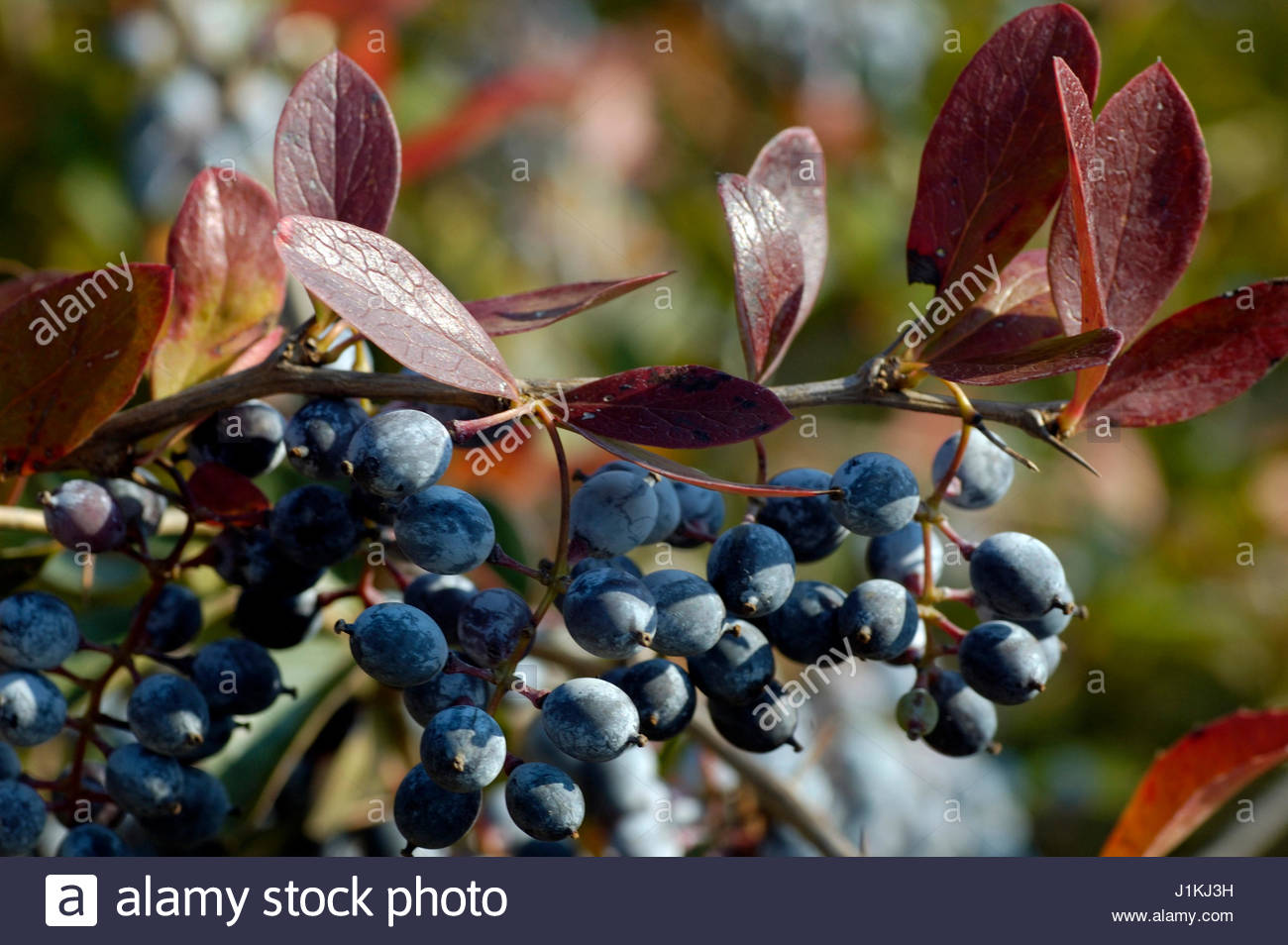Title:Botanical Name:Cuminum cyminum,Jeera(Nepal)
Purpose:
Digestive disorders:
Cumin seeds are very useful in digestive disorders like biliousness, morning sickness, indigestion, atonic dyspepsia, diarrhoea, malabsorption syndrome, and flatulent colic. One teaspoon of cumin seeds is boiled in a glass of water and the decoction mixed with one teaspoon of fresh coriander leaf juice and pinch of salt. This decoction can be taken twice daily after meals as a medicine for diarrhoea.
Piles:
Black cumin is beneficial in the treatment of piles. About 60 grams of the seeds, of which half should be roasted, should be ground together. Three grams of this flour should be taken with water.
Insomnia:
Cumin is valuable in relieving sleeplessness. A teaspoon of the fried powder of cumin seeds mixed with the pulp of a ripe banana can be taken at night to induce sleep.
Renal colic:
Black cumin seeds mixed with caraway seeds and black salt is useful in renal colic. About 20 grams of cumin seeds, 12 grams of caraway seeds and 6 grams of black salt are ground together and mixed with a little vinegar. This mixture can be taken in doses of 3 grams every hour till relief is obtained.
Common cold:
Dilute cumin water is an antiseptic beverage and very useful in common cold and fevers. To prepare cumin water, a teaspoon of cumin is added to boiling water, which is allowed to simmer for a few seconds and set aside to cool. If the cold is associated with sore throat, a few small pieces of dry ginger should be added to the water. It soothes throat irritation.
Problem of Milk Secretion:
A decoction of cumin seeds/ Jeera mixed with milk and honey, taken once daily during the entire period of pregnancy helps the healthy development of the foetus, cases child-birth and increases the secretion of breast milk.
Amnesia:
Cumin seeds are valuable in amnesia or dullness of memory. Three grams of black cumin seeds are mixed with 12 grams of pure honey and licked.
Boils:
Black cumin ground in water is applied as a paste over the boils with beneficial results.
Scorpion sting:
Paste of the cumin seeds prepared with onion juice, applied over scorpion sting will retard the frequency of upbeats.
Target:-
Web diary:
Other uses:
It is also used in uterine problems, menstruation disorders etc.
uploaded by Arya K.C. at FB 2018 August 14
link from google

